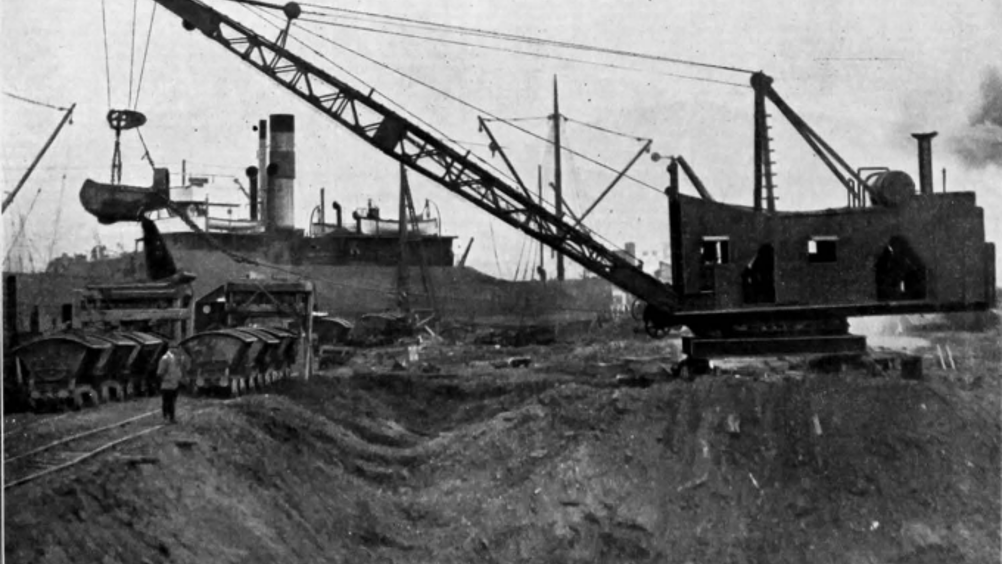June 1917: A new dry dock for Manchester Ship Canal
An increase in trade via the Macnhester Ship Canal saw the need to build a new dry dock for maintenance and repairs.

The city of Manchester is 40 miles from the sea but being a landlocked metropolis didn’t prevent its inhabitants from building a port of national significance.
In fact, when the Manchester Ship Canal opened in 1894 it was declared the largest river navigation canal in the world before going on to be the UK’s third busiest port. According to Historic UK, the canal carried almost 20 million short tons of freight at its peak in 1958.
The steady rise in traffic along the canal had been noted 41-years previously when The Engineer reported on the opening of a third dry dock at Mode Wheel, which was owned by the Manchester Dry Docks Company Limited.
“A noteworthy feature of the work of construction is that the whole of it has been carried out by the contractors, Messrs Robert MacAlpine and Sons, since the commencement of the [first world] war, in spite of all the attendant difficulties with regard to labour, materials and transit, the first sod having been cut in May 1915,” said The Engineer.
Register now to continue reading
Thanks for visiting The Engineer. You’ve now reached your monthly limit of premium content. Register for free to unlock unlimited access to all of our premium content, as well as the latest technology news, industry opinion and special reports.
Benefits of registering
-
In-depth insights and coverage of key emerging trends
-
Unrestricted access to special reports throughout the year
-
Daily technology news delivered straight to your inbox










Water Sector Talent Exodus Could Cripple The Sector
Maybe if things are essential for the running of a country and we want to pay a fair price we should be running these utilities on a not for profit...